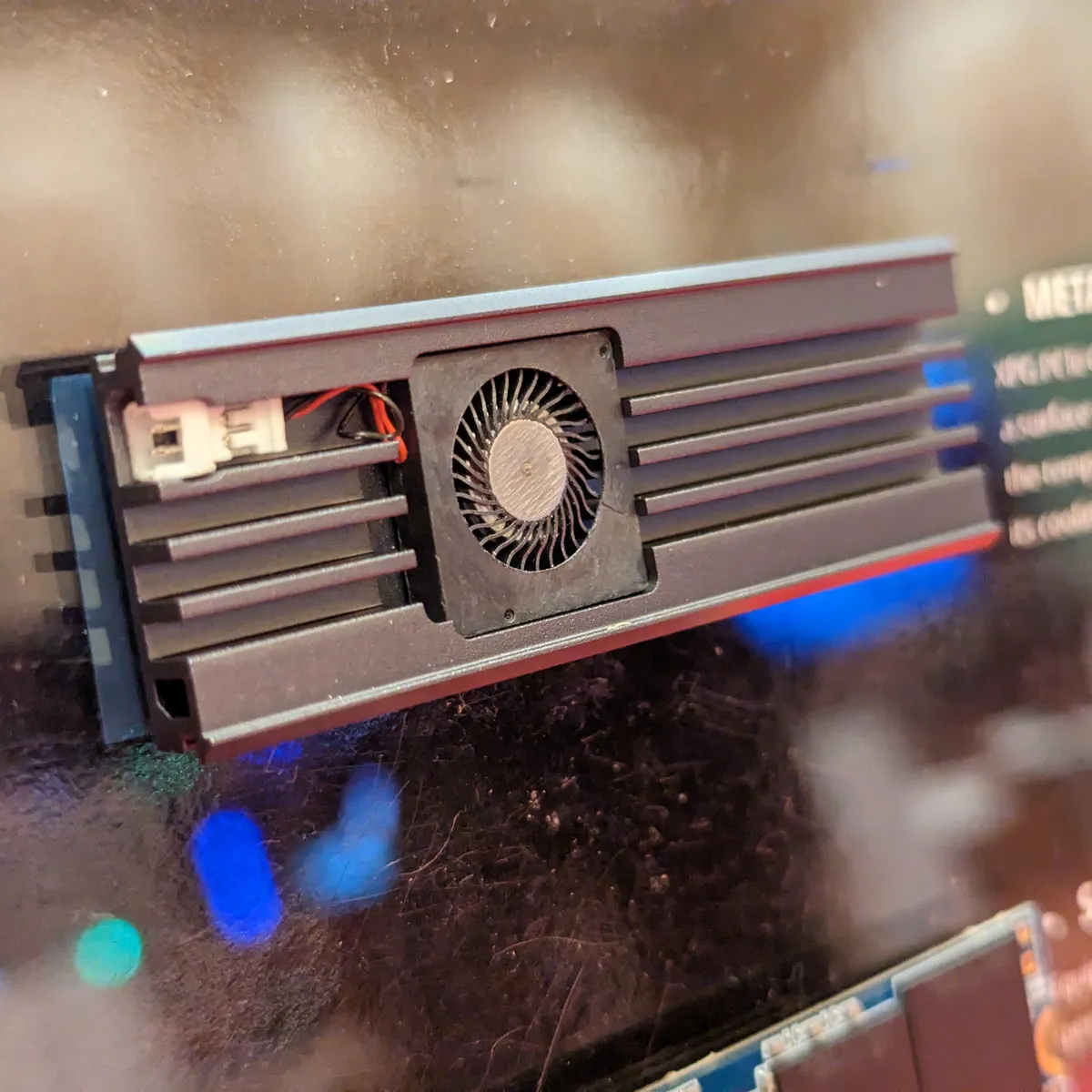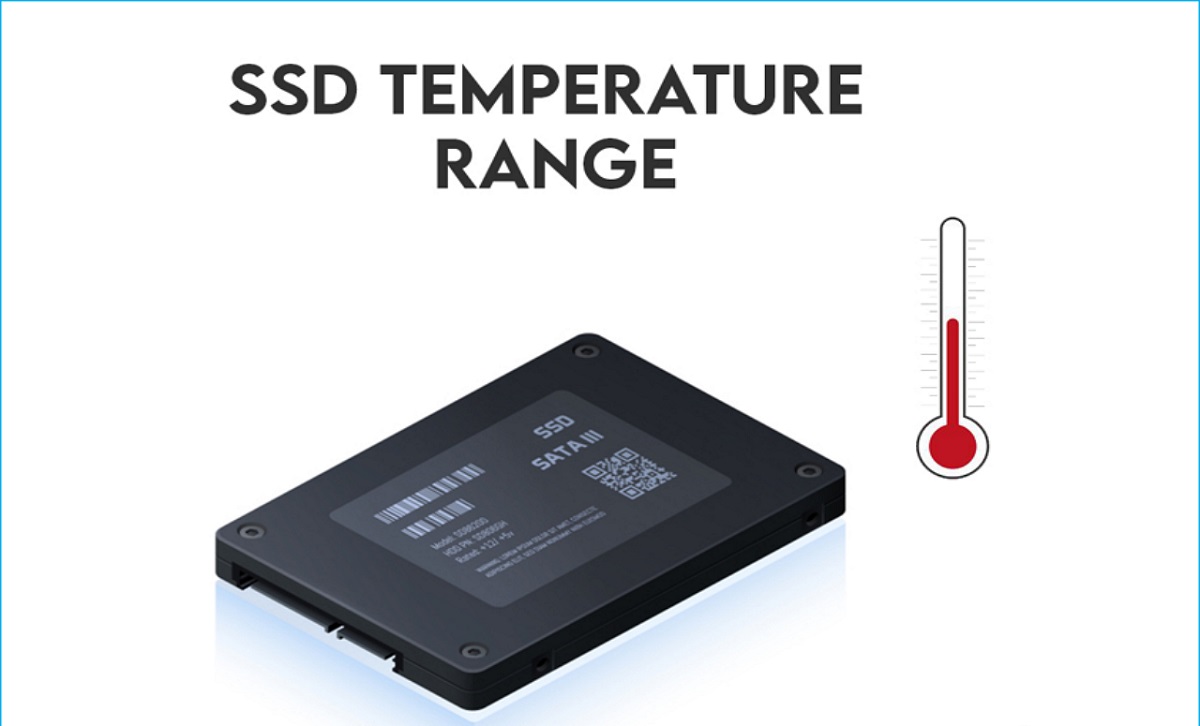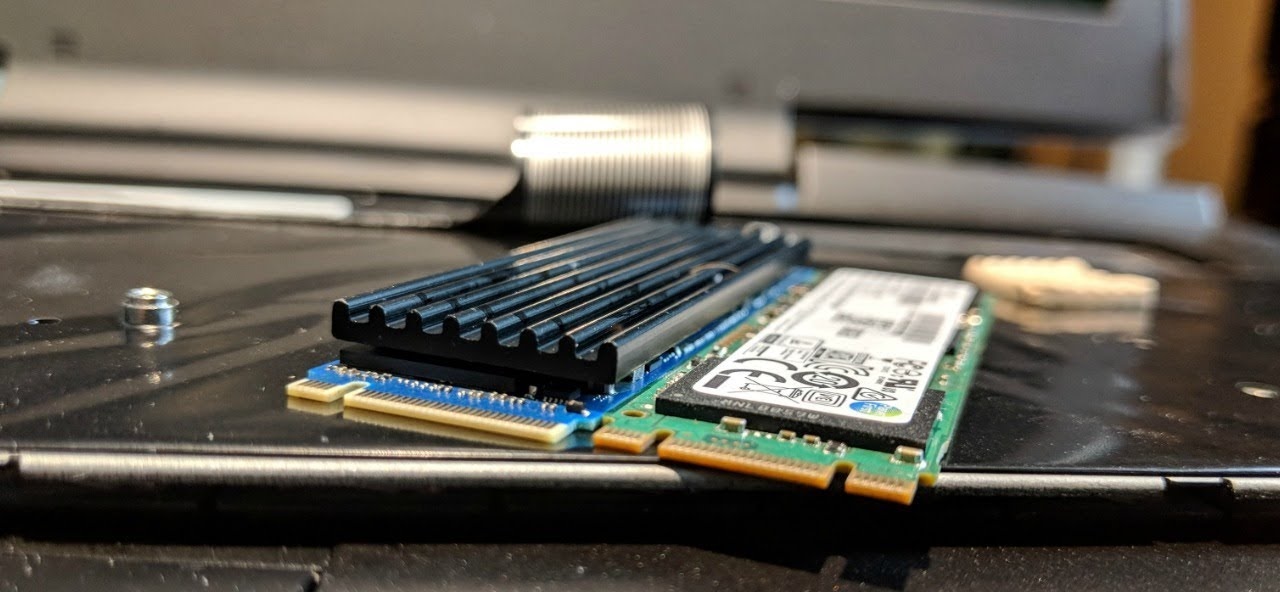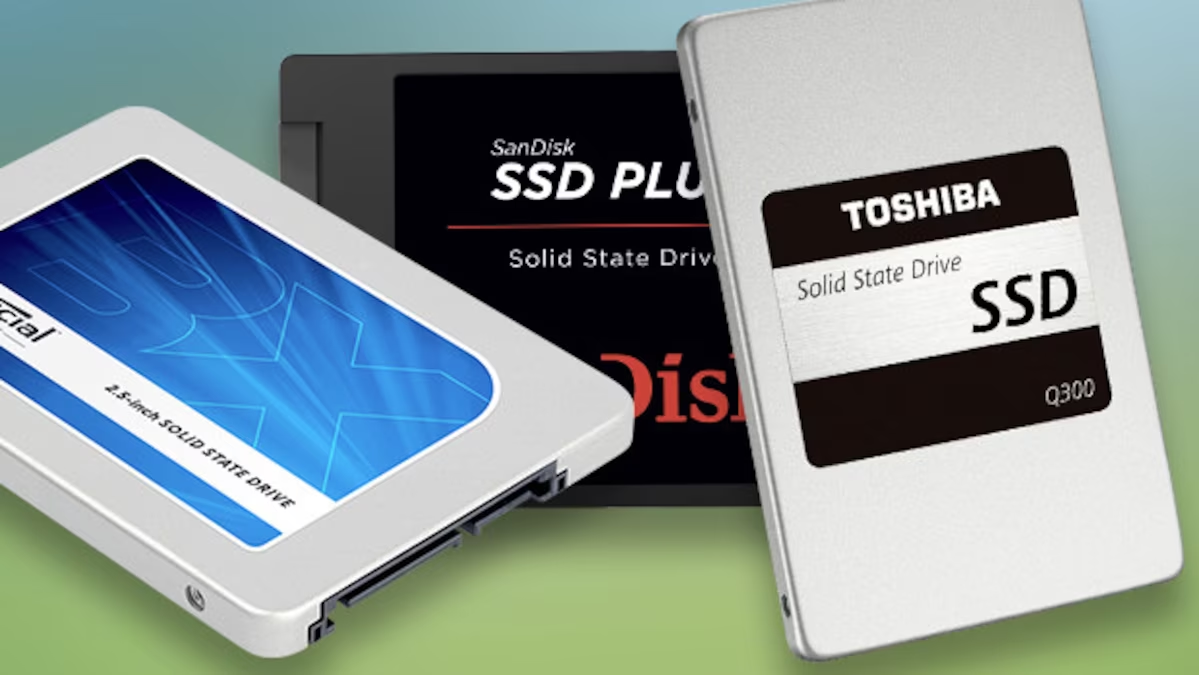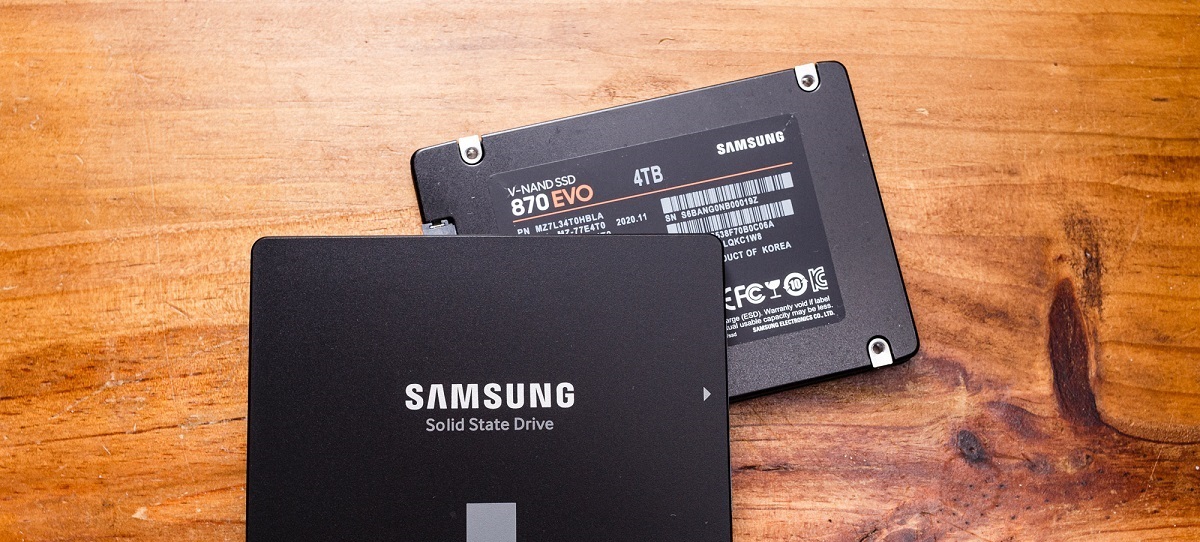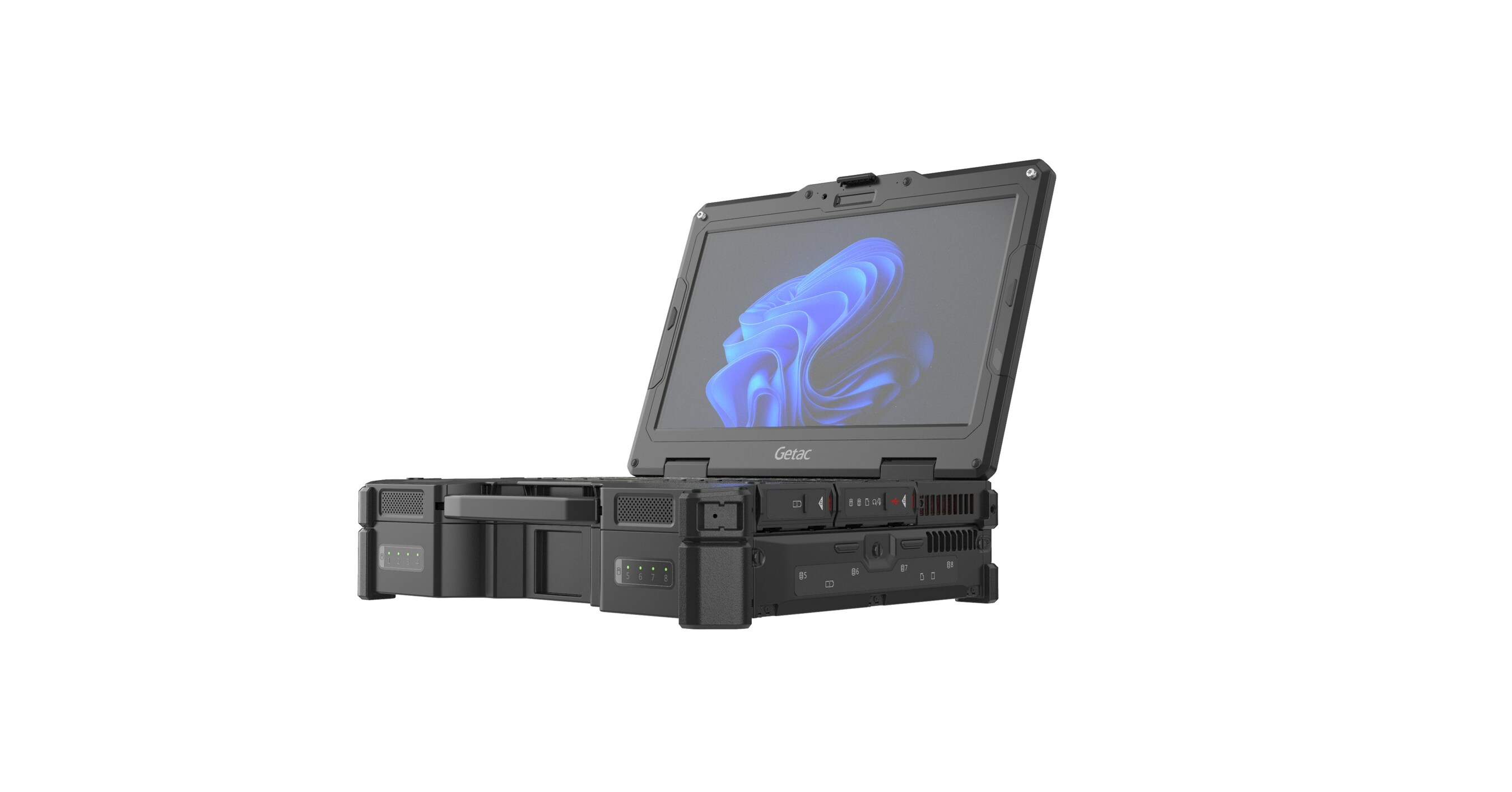Introduction
Welcome to the world of solid-state drives (SSDs), where speed, reliability, and durability take center stage. Gone are the days of sluggish performance and frequent data loss. In this digital age, where speed and efficiency are crucial, using an SSD can make a world of difference in your computing experience.
Unlike traditional hard disk drives (HDDs) that rely on spinning magnetic platters, SSDs store data using flash memory. This technology eliminates the need for moving parts, resulting in faster data access, reduced power consumption, and improved system responsiveness. If you’re looking to enhance your computer’s performance and extend its lifespan, upgrading to an SSD is a wise choice.
In this article, we will explore the benefits of using an SSD, delve into the factors affecting SSD lifespan, and provide you with practical tips to maintain the health and longevity of your SSD. By implementing these best practices, you can maximize the performance and lifespan of your SSD, ensuring its continued efficiency for years to come.
Benefits of Using an SSD
Upgrading to an SSD comes with a myriad of benefits that significantly enhance your computing experience. Let’s explore the advantages of using an SSD over traditional hard disk drives:
- Lightning-fast Performance: One of the most significant advantages of using an SSD is the remarkable speed it offers. With speeds that are several times faster than HDDs, an SSD allows for lightning-fast boot times, quick application launches, and seamless multitasking.
- Improved System Responsiveness: SSDs excel at handling random read and write operations, resulting in improved system responsiveness. Even complex tasks like video editing and gaming become smoother and more efficient, thanks to the rapid data access provided by an SSD.
- Enhanced Durability: Unlike HDDs, which can be easily damaged due to mechanical failures, SSDs are more resilient. With no moving parts, they can endure shocks, vibration, and accidental drops better, making them a reliable storage option for laptops and portable devices.
- Efficient Power Consumption: SSDs consume less power than HDDs, resulting in improved battery life for laptops and reduced electricity costs for desktops. This energy efficiency not only benefits the environment but also enhances the overall efficiency of your computer system.
- No Noise or Vibration: The absence of moving parts in an SSD ensures noiseless operation. Say goodbye to the annoying humming sound that HDDs often produce. Additionally, the lack of moving components eliminates vibration, reducing the risk of data loss due to physical damage.
- Compact and Lightweight: SSDs are smaller and lighter than HDDs, making them ideal for slim laptops and compact desktop builds. Their compact size also allows for flexible installation options, including mounting them directly to the motherboard or using M.2 slots.
These are just a few of the many benefits that an SSD brings to the table. Whether you’re a casual user looking to speed up your day-to-day tasks or a professional pushing the limits of your computer’s performance, upgrading to an SSD will undoubtedly enhance your computing experience.
Understanding SSD Lifespan
SSDs, like any electronic device, have a limited lifespan. However, with proper care and maintenance, you can extend the lifespan of your SSD and ensure its long-term reliability. Understanding the factors that affect SSD lifespan is crucial in optimizing its performance and maximizing its longevity.
One primary consideration is the number of program/erase (P/E) cycles an SSD can endure. Each time data is written and erased from an SSD, it goes through a P/E cycle. The total number of P/E cycles an SSD can withstand varies depending on the manufacturing technology and the quality of the SSD. Higher-end SSDs typically have a higher endurance rating, ensuring longevity even with heavy usage.
Another factor to consider is wear leveling. SSDs use wear leveling algorithms to distribute write operations evenly across memory cells, preventing specific cells from wearing out faster than others. This ensures that all cells are utilized uniformly, extending the overall lifespan of the SSD.
It’s important to mention that modern SSDs are designed to provide years of reliable performance under typical usage scenarios. For most users, the lifespan of an SSD will not be a concern. However, it’s still necessary to be aware of certain practices that can help prolong your SSD’s lifespan and ensure its optimal performance.
Additionally, keep in mind that SSDs have a limited number of data write cycles. This means that continuously writing large amounts of data to the SSD can eventually degrade its performance and lifespan. However, with regular everyday usage, this degradation is minimal, and modern SSDs are equipped with advanced technologies to mitigate this issue.
By understanding the factors influencing SSD lifespan and implementing the best practices outlined in this article, you can ensure that your SSD remains in peak condition for years to come. Let’s explore some practical tips to maintain the health and longevity of your SSD.
Avoiding Overuse and Heat
While SSDs are known for their durability, it’s still important to prevent overuse and excessive heat, which can potentially shorten the lifespan of your SSD. Here are some tips to avoid overuse and manage heat effectively:
- Manage Program Installs: Avoid installing unnecessary programs on your SSD. Reserve your SSD for essential applications and your operating system. Consider using secondary storage options like HDDs for storing large files, games, and media.
- Utilize Cloud Storage: Take advantage of cloud storage services to offload less frequently accessed files and data from your SSD. This will free up valuable space and help reduce write operations, enhancing SSD longevity.
- Monitor Storage Space: Ensure that you have sufficient free space on your SSD. Leaving at least 10% to 20% of the SSD capacity unallocated helps maintain optimal drive performance and prolong its lifespan.
- Use System Hibernation: Enable system hibernation or sleep mode instead of shutting down your computer completely. This reduces the frequency of system boots, which involve multiple read and write operations.
- Avoid Extreme Temperatures: Keep your SSD within the recommended operating temperature range. Excessive heat can damage the SSD’s components and lead to performance degradation. Ensure proper ventilation and cooling in your computer system.
- Avoid Frequent Power Cycling: While SSDs are not as susceptible to mechanical wear and tear as HDDs, frequent power cycling can still impact their lifespan. Minimize unnecessary shut downs and restarts to reduce the strain on your SSD.
- Regularly Update Firmware: Manufacturers often release firmware updates for SSDs, addressing performance improvements and bug fixes. Keeping your SSD’s firmware up to date ensures optimal compatibility and functionality.
By following these preventive measures, you can avoid overuse and excessive heat buildup, ensuring the longevity and optimal performance of your SSD. It’s important to remember that while SSDs are robust, taking care of them through these practices will help maintain their reliability for years to come.
Proper Power Management
Implementing proper power management practices is essential for maintaining the health and longevity of your SSD. Efficient power management not only helps extend the lifespan of your SSD but also contributes to overall energy conservation. Here are some tips for managing power effectively:
- Enable Power-Saving Modes: Configure your computer’s power settings to enable power-saving modes, such as “Balanced” or “Power Saver.” These modes reduce the overall power consumption of your system, including the SSD.
- Adjust Sleep and Idle Settings: Set appropriate sleep and idle times for your computer. By allowing your system to enter sleep or idle mode when not in use, you minimize unnecessary disk activity and conserve power.
- Optimize Background Activities: Some applications and services automatically perform background activities that can intensively use the SSD. Review and adjust these settings, disabling or limiting any unnecessary or excessive tasks.
- Consider Hybrid Sleep: If your computer supports it, enable hybrid sleep mode. This mode saves active data to both RAM and the SSD, allowing for quicker system wake-up while still preserving data in case of power loss.
- Manage Scheduled Tasks: Be mindful of any scheduled tasks or automated system processes that may run during specific times. Schedule these tasks to run during periods of low system usage to reduce the impact on the SSD.
- Disable Indexing: Indexing services can lead to frequent disk activity as they continuously update indexes for quicker file searches. Consider disabling or limiting the scope of indexing on your SSD, as it can reduce unnecessary write operations.
- Turn Off Fast Startup: Fast Startup is a Windows feature that combines aspects of cold startup and hibernation, allowing for quicker system boot times. However, it involves more frequent write operations, which can impact the SSD’s lifespan. Consider disabling this feature if necessary.
By adopting these power management strategies, you can minimize unnecessary disk activity, reduce power consumption, and extend the lifespan of your SSD. Implementing these practices not only benefits your SSD but also contributes to a more energy-efficient computing experience.
Regular Data Backup
While SSDs offer improved reliability compared to traditional hard drives, data loss can still occur due to various factors such as hardware failures, accidental deletions, or software issues. To safeguard your important data and minimize the risk of permanent loss, regular data backup is crucial. Here are some key practices to ensure effective data backup:
- Choose a Reliable Backup Solution: Select a reputable backup software or cloud service that suits your needs. Ensure it supports automatic backups, incremental backups, and easy restoration of files and folders.
- Establish a Backup Schedule: Set up regular backup schedules based on the importance and frequency of changes to your data. Daily or weekly backups can help ensure that your latest files are always protected.
- Utilize Multiple Backup Methods: Employ multiple backup methods to provide redundancy and data protection. Consider using a combination of external hard drives, network-attached storage (NAS), cloud storage, or even offsite backups.
- Test Your Backups: Periodically verify the integrity of your backups by restoring a sample of files and ensuring they are accessible and accurate. This step helps confirm that your backup solution is functioning properly.
- Include System Image Backups: In addition to regular file backups, consider creating system image backups. These capture the entire operating system and can be used to restore your computer to a specific state in case of a system failure.
- Secure Your Backups: Protect your backups from unauthorized access or loss. Encrypt sensitive data and store backups in secure locations, whether it’s password-protected external drives or encrypted cloud storage.
- Keep Backup Storage Separate: Maintain physical separation between your SSD and backup storage devices. This helps safeguard against simultaneous failures due to accidents, theft, or natural disasters.
- Regularly Review and Update Backup Strategy: Perform periodic reviews of your backup strategy to ensure it aligns with your changing needs and the evolving technology landscape. Make any necessary adjustments or improvements to enhance the effectiveness of your backups.
By implementing a robust data backup strategy, you can mitigate the risks of data loss and ensure that your important files and documents are protected. Remember, backing up your data regularly is not only crucial for SSD maintenance but also for your overall peace of mind.
Minimizing Writes to the SSD
As SSDs have a finite number of write cycles, minimizing unnecessary writes can help prolong their lifespan and improve their performance over time. Here are some practical tips to minimize writes to your SSD:
- Move Temporary Files and Browser Caches: Configure your operating system and web browsers to store temporary files and caches on a different storage device, such as an HDD or RAM disk. This reduces the number of write operations on the SSD.
- Disable System Restore Points: System restore points, while useful for recovering your system, involve constant writes to the SSD. If you have other reliable backup solutions in place, consider disabling system restore to minimize unnecessary writes.
- Adjust Page File Settings: By default, Windows uses a page file to supplement your computer’s RAM. You can move the page file to a different non-SSD drive or reduce its size to reduce write operations on the SSD.
- Disable Drive Indexing: Indexing services constantly update indexes to facilitate faster file searches. However, this process involves frequent writes to the SSD. Consider disabling indexing or limiting it to specific locations to reduce write operations.
- Limit Unnecessary Background Tasks: Review the applications or services running in the background and disable any unnecessary ones. Some background processes might perform constant disk activity, leading to increased writes to the SSD.
- Avoid Frequent Disk Cleanup or Defragmentation: Regular disk cleanup and defragmentation processes are not necessary for SSDs and can even be detrimental. SSDs have their own built-in mechanisms to manage data placement and ensure optimal performance.
- Minimize Unnecessary File Transfers: Avoid excessive file transfers between drives, especially large files or large numbers of small files. Each transfer involves write operations and contributes to wear on the SSD.
- Use a RAM Disk for Temporary Work: Consider using a RAM disk for storing temporary work files that don’t need to be persisted. RAM disks offer incredibly fast read and write speeds, minimizing the impact on your SSD.
By implementing these practices, you can minimize unnecessary writes to your SSD, reducing wear and prolonging its lifespan. It’s important to strike a balance between minimizing writes and using your SSD efficiently. Remember to evaluate each tip based on your specific usage patterns and requirements.
Updating Firmware
Regularly updating the firmware of your SSD is crucial for maintaining its optimal performance, compatibility, and reliability. Firmware updates often provide bug fixes, performance enhancements, and improved compatibility with new technologies. Here’s why firmware updates are important and how to update them:
Benefits of Firmware Updates:
- Bug Fixes: Firmware updates address known issues and bugs that may affect the performance, stability, or compatibility of your SSD.
- Performance Enhancements: Manufacturers may release firmware updates that improve SSD performance, such as faster read/write speeds or smoother operation.
- Improved Compatibility: Firmware updates can ensure that your SSD remains compatible with the latest operating systems, hardware configurations, and software applications.
- Security Enhancements: Firmware updates can also address security vulnerabilities, protecting your data from potential threats.
How to Update Firmware:
- Check Manufacturer’s Website: Visit the official website of your SSD manufacturer and look for firmware update information specific to your SSD model.
- Read Release Notes: Review the release notes accompanying the firmware update. These notes provide information about the changes and improvements included in the update.
- Backup Your Data: Before proceeding with the firmware update, it’s crucial to back up your important data to ensure its safety in case any unexpected issues occur during the update process.
- Download and Install: Follow the instructions provided by the manufacturer to download and install the firmware update utility or firmware file onto your computer.
- Run Firmware Update: Run the firmware update utility or execute the firmware file as per the manufacturer’s instructions. Follow any on-screen prompts to complete the update.
- Restart Your System: After successfully updating the firmware, restart your computer to ensure the changes take effect.
- Verify Update Status: To confirm the firmware update was successful, check the SSD’s firmware version in the manufacturer’s utility or device manager.
It’s important to note that firmware updates should be performed cautiously, following the manufacturer’s instructions precisely. Any interruption or incorrect handling during the firmware update process can result in data loss or damage to the SSD. If you are unsure about the firmware update process, it’s recommended to seek assistance from the manufacturer’s support or consult with a professional.
By keeping your SSD’s firmware up to date, you can ensure that your SSD operates at its best, benefiting from bug fixes, performance enhancements, and improved compatibility.
Performing Regular Maintenance
Performing regular maintenance on your SSD is essential to keep it in optimal condition, maintain its performance, and ensure its longevity. By following these maintenance tips, you can keep your SSD running smoothly:
- Keep Your Operating System Up to Date: Regularly update your operating system to ensure compatibility and to benefit from the latest optimizations and improvements that can enhance SSD performance.
- Run Disk Cleanup: Use the built-in disk cleanup tool provided by your operating system to remove unnecessary files, temporary files, and system junk that can accumulate and occupy storage space on your SSD.
- Perform Error Checking: Run periodic error checks on your SSD to identify any potential disk errors or bad sectors. Use the built-in disk error-checking tool or third-party disk utility software for this purpose.
- Enable TRIM: TRIM is a command that allows the operating system to inform the SSD which blocks of data are no longer in use, enabling the SSD to efficiently manage its storage and maintain performance. Ensure that TRIM is enabled and supported by your operating system.
- Avoid Full Capacity Usage: Leaving some free space on your SSD is crucial for maintaining performance. Avoid filling your SSD to its full capacity, as it can lead to decreased performance and increased wear on the drive. Keep at least 10-20% of the SSD capacity free.
- Regularly Check SSD Health Status: Use SSD diagnostic tools or manufacturer-provided software to monitor the health status of your SSD. This allows you to proactively identify any potential issues and take appropriate measures to address them.
- Prevent Power Loss During Writes: Sudden power loss during data writes can lead to data corruption or damage to the SSD. Consider using an uninterruptible power supply (UPS) or a reliable power source to minimize the risk of such incidents.
- Avoid Excessive Heat: Excessive heat can impact the performance and lifespan of your SSD. Ensure proper ventilation and cooling in your system to keep the SSD within the recommended operating temperature range.
- Handle the SSD with Care: When installing or physically handling your SSD, take precautions to avoid static electricity discharge or physical damage. Follow manufacturer recommendations for installation and handling to prevent any potential harm to the drive.
- Dispose of SSD Properly: If you decide to replace your SSD, it’s important to dispose of it properly. Check local regulations and consider recycling options to prevent environmental pollution and to promote responsible e-waste management.
By performing regular maintenance tasks and following these guidelines, you can ensure the longevity and optimal performance of your SSD. Remember that prevention and proactive maintenance measures are key to keeping your SSD running smoothly for years to come.
Cleaning and Organizing Files
Cleaning and organizing your files on your SSD not only helps free up valuable storage space but also improves overall system performance and makes it easier to locate and access your important data. Here are some tips to effectively clean and organize your files:
- Remove Unnecessary Files: Regularly delete files that are no longer needed, such as temporary files, duplicates, or old downloads. Use disk cleanup tools or third-party software to identify and remove unnecessary files.
- Organize Your Folders: Create a well-structured folder hierarchy to organize your files. Use meaningful names and categorize files based on their type or purpose to make it easier to locate specific files when needed.
- Use a File Naming Convention: Adopt a consistent file naming convention that allows you to quickly understand the content of the file. Include relevant keywords and avoid using special characters or excessively long file names.
- Create Archive Folders: Move older files that you no longer need regular access to into archive folders. This helps declutter your active working directories while keeping important files accessible when necessary.
- Regularly Defragment SSD: While traditional hard drives benefit from defragmentation, SSDs do not require this process. However, running an occasional optimization tool for SSDs can help manage file placement and enhance performance.
- Remove Unnecessary Startup Items: Review and disable any unnecessary programs or applications set to launch during system startup. Reducing the number of startup items can improve system boot times and overall performance.
- Empty Trash/Recycle Bin: Don’t forget to regularly empty the trash or recycle bin to permanently get rid of files you’ve deleted. This frees up space on your SSD that would otherwise be occupied by files you no longer need.
- Utilize Cloud Storage: Consider using cloud storage services to offload files that are not frequently accessed. Cloud storage not only helps free up space but also provides an additional layer of backup and accessibility.
- Regularly Backup and Archive: Create a backup strategy and regularly back up your important files to external storage or the cloud. Archiving older files ensures their availability while keeping your active storage clutter-free.
- Perform Disk Cleanup: Utilize operating system utilities or third-party software to perform disk cleanup tasks, including removing system caches, temporary files, and unnecessary system logs.
By implementing these cleaning and organizing practices, you can maintain a clean and clutter-free SSD. This not only improves system performance but also enhances your overall computing experience by keeping your files organized and easily accessible. Dedicate some time regularly to go through your files, declutter, and optimize your SSD storage space.
Conclusion
Investing in an SSD brings numerous benefits, including faster performance, improved reliability, and greater durability. To ensure that you make the most of your SSD and enjoy its benefits for years to come, implementing the right maintenance practices is essential.
Throughout this article, we have explored various aspects of maintaining an SSD. We started by understanding the benefits of using an SSD over traditional hard drives, highlighting the advantages of speed, responsiveness, and compactness.
We then delved into understanding SSD lifespan, emphasizing the factors that can affect its longevity, such as P/E cycles and wear leveling. While SSDs are generally designed to withstand extensive use, being mindful of practices that minimize writes and proper care can help extend their lifespan even further.
We covered topics such as avoiding overuse and excess heat, managing power efficiently, regular data backup, firmware updates, performing regular maintenance, and cleaning and organizing files. By following these guidelines, you can optimize your SSD’s performance, prevent data loss, and ensure its longevity.
Remember, maintenance practices for SSDs are all about finding a balance. Avoiding excessive writes, optimizing power usage, keeping the SSD cool, updating firmware, and organizing and cleaning files are crucial for maintaining optimal performance and extending the lifespan of your SSD.
Regularly monitoring the health of your SSD, keeping your operating system and applications up to date, and adopting good file management habits will go a long way in maximizing the benefits and reliability of your SSD.
By implementing these maintenance practices and being proactive in caring for your SSD, you can enjoy the full potential of its speed and efficiency while ensuring its continued performance for years to come.







